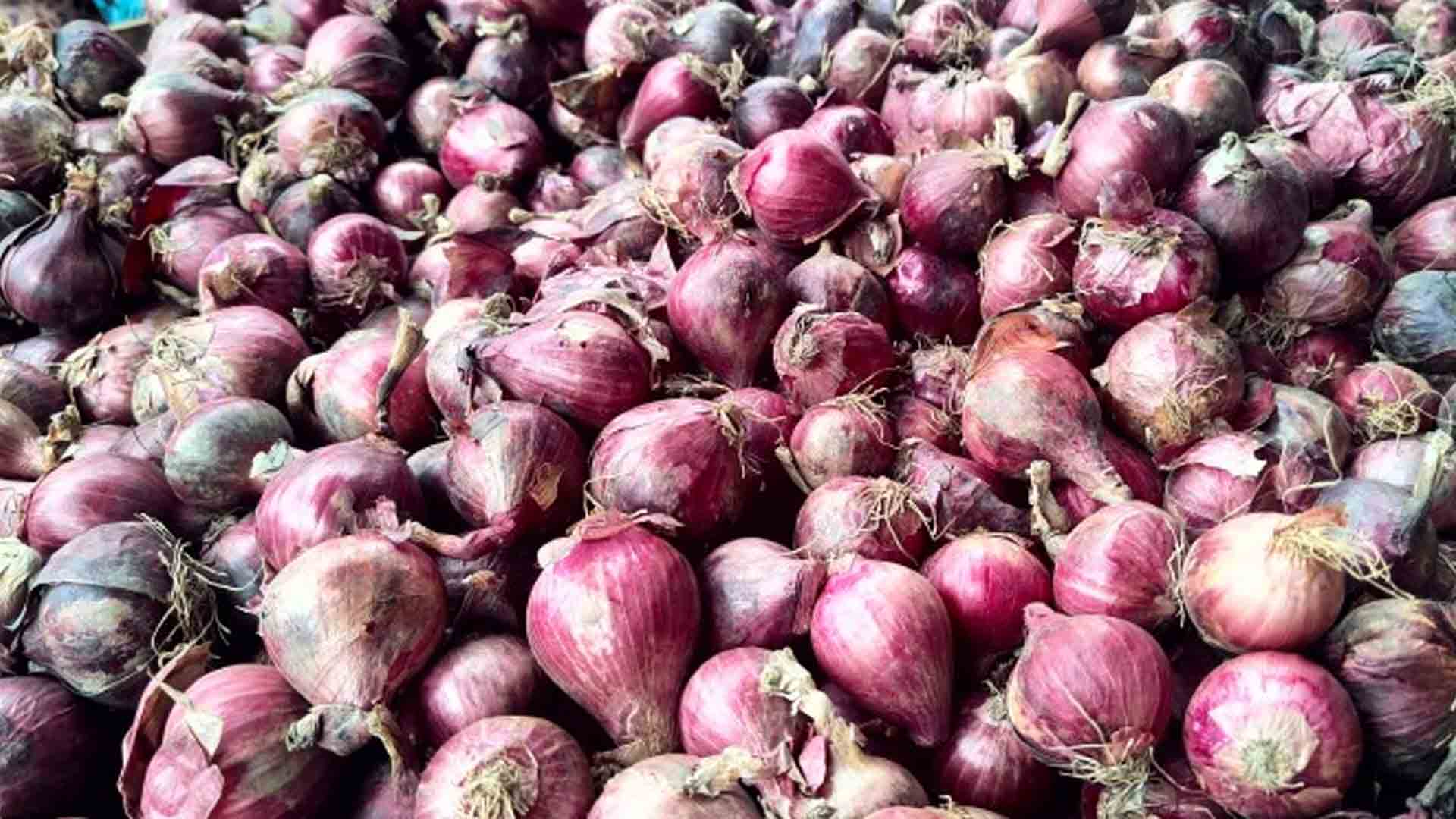The Department of Agriculture (DA) has allotted more than PHP100 million worth of interventions to support the country’s onion industry by improving productivity towards self-sufficiency and ensuring that onion farmers’ cooperatives and associations (FCAs) have ready markets for their produce.
Based on the Philippine Onion Industry Roadmap 2021–2025 recently published by the DA, the country needs to increase production from 229,539 metric tons to 279,270 metric tons in five years by increasing planting areas and productivity to achieve self-sufficiency.
For 2022, the DA High Value Crops Development Program (HVCDP) allocated PHP47.48 million for production support services such as the provision of seeds/seedlings and fertilizers for areas planted with onion.
Onion production and post-harvest facilities, irrigation network services, and farm production machinery and equipment were also established and distributed through the HVCDP with a fund of PHP35.673 million. Moreover, the program funded package of technology trainings worth PHP1.4 million and onion production research activities amounting to PHP10.048 million.
In 2021, the DA-Agribusiness and Marketing Assistance Service (AMAS), through the Enhanced Kadiwa Financial Grant, also awarded delivery trucks and hauling vans amounting to PHP6.1 million to FCAs involved in onion production and marketing. The grant benefitted the FCAs and at least six thousand farmer-members with access to 60 new markets for their produce.
The DA-AMAS also reported that as of Aug. 28, 2022, it already matched different FCAs with big buyers for the delivery of about 82,442 kilograms of onions (red, yellow/white) and shallots worth PHP3.228 million since February this year.
To address the challenges and concerns in the local onion industry, the DA management holds regular consultations and dialogues with the stakeholders including farmer-leaders, traders, and buyers, among others.
The DA has also been promoting demand-driven production.
The country’s major onion producing regions are Central Luzon, Ilocos, Mimaropa, and Cagayan Valley, but DA considers partnering with farmers in the Visayas and Mindanao regions to expand local onion production and assist them with market linkage activities.
The onion planting schedule starts in September at the earliest up to March, while harvesting starts by December until June. Thus, higher onion prices can be observed by July to November.
Based on the Onion Roadmap, which is a product of multi-stakeholder consultations, the proposed key interventions along the value chain are production clustering, seed support system, infrastructure support, input subsidies, postharvest support facilities, and systemic interventions like consolidation centers, auction markets, and regulatory services.
The roadmap also envisions a modern, competitive, and profitable onion industry providing high quality, safe, affordable, and sustainable supply of onion to meet increasing domestic and export demand. (PNA)







